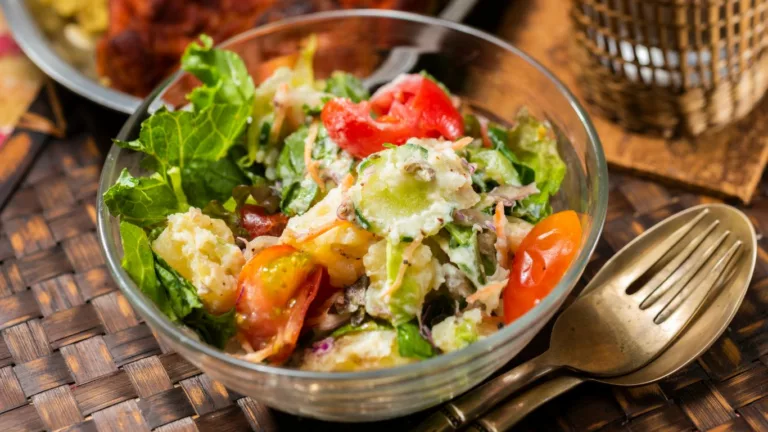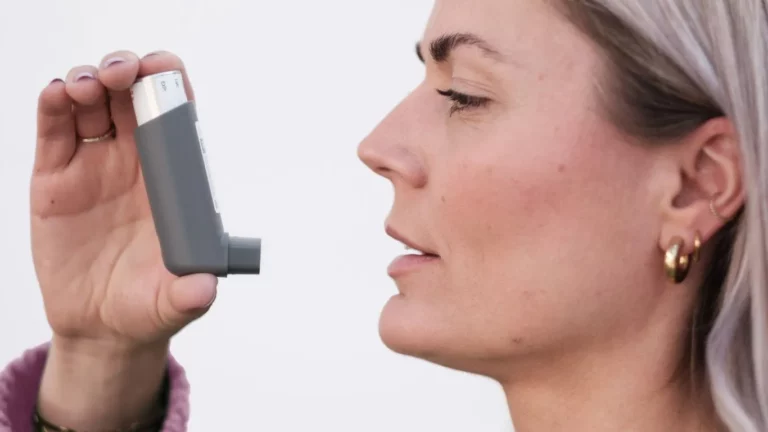Discover the Best Knee Support Braces for Rheumatoid Arthritis
If you’re living with rheumatoid arthritis and the best knee support braces is a topic you’re constantly Googling—hey, I get it. As a Rheumatology Nurse Practitioner, I’ve seen first-hand how RA can hijack your knees, turning simple movements into cringe-worthy moments. And let’s be honest: knees take a beating even when they’re healthy. Add RA inflammation to the mix, and suddenly stairs, grocery trips, or even chasing after your pup feels like an Olympic event. If you’ve ever wished for a little extra support (literally), we’re about to dive into something that could change your day-to-day comfort game.
Why Rheumatoid Arthritis Loves to Mess with Your Knees
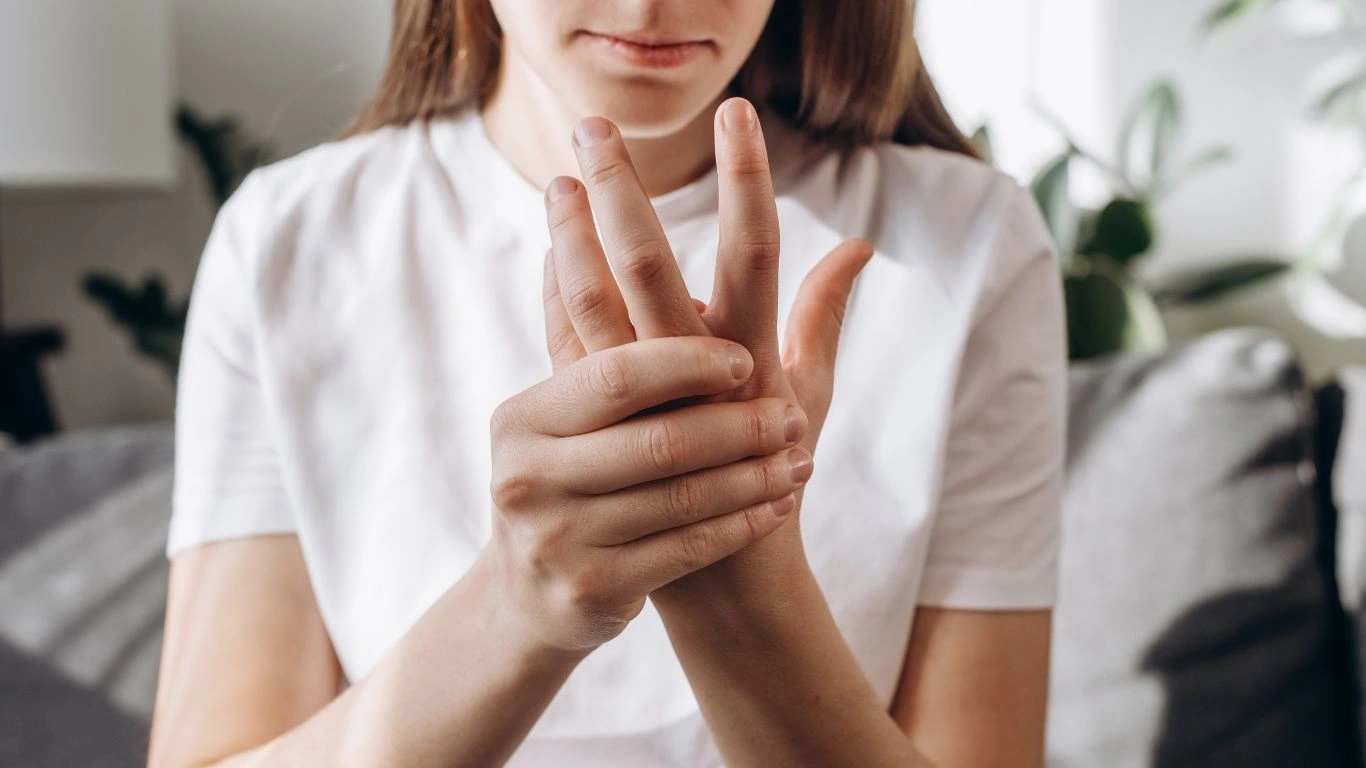
Let’s kick things off with a quick refresher on what’s actually going on in those joints. RA is an autoimmune condition where your immune system decides your own joints are the enemy. Why? We don’t really know—but it’s like friendly fire inside your body. For many people, the knees are among the first joints to bear the brunt of this battle.
Over time, the chronic inflammation eats away at the cartilage and bone. You might feel swelling, pain, stiffness, warmth, or even that strange “crunchy” feeling when moving. I’ve had patients tell me it feels like their knees are grinding glass every morning. Not exactly the kind of wake-up call you want.
And the thing is—RA doesn’t come and go like a sprained ankle. It’s progressive and unpredictable. Some mornings your knees might feel okay, and by afternoon you’re cursing them under your breath at Costco. That’s where a good support brace comes in.
How Knee Braces Can Actually Help (Hint: Not All Are Equal)
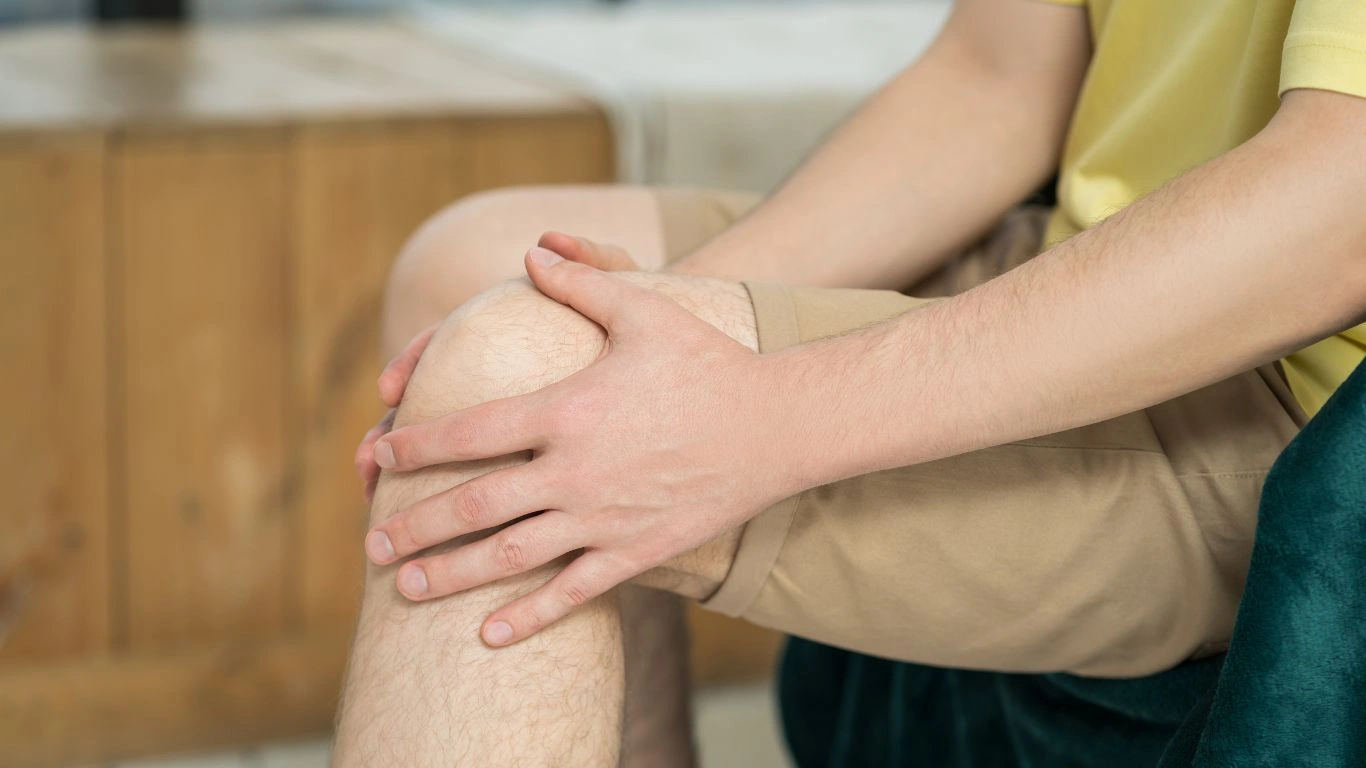
So let’s talk about rheumatoid arthritis and the best knee support braces—because trust me, there are A LOT of them out there. But not all of them are cut out for RA. As someone who’s worked with hundreds of patients navigating this condition, I’ve seen what works and what’s just a flashy neoprene sleeve.
What Does a Good Knee Brace Actually Do?
First off, it’s not just about compression. A quality brace should:
- Stabilize the joint – Prevent those wobbly, unstable movements that spike your pain.
- Reduce inflammation – Compression helps minimize swelling (especially in flare-ups).
- Protect your knee – Especially if you’re on your feet a lot, or if your joint is already showing signs of damage.
- Improve confidence in movement – Sounds small, but when your knee feels secure, you move more naturally and with less fear.
And let me tell you from my own clinical experience—patients who find the *right* brace often notice improvement in their overall mobility. Not a miracle cure, but definitely a game-changer when combined with meds, physical therapy, and pacing your activities.
Different Types of Braces for RA Knees
You’ve probably seen all kinds in drugstores or online. Here’s the lowdown on the main types you’ll encounter:
- Compression Sleeves: These are lightweight, easy to wear, and offer mild support. Great for mild stiffness or for wearing during lighter activities. I usually recommend these for early-stage RA or for days when inflammation is low.
- Hinged Knee Braces: Now we’re getting into serious support territory. These have metal or plastic hinges to support your range of motion and keep things aligned. I’ve had a few patients call them their “training wheels.”
- Wraparound Braces: These offer adjustable support with Velcro straps. Perfect if your swelling varies from day to day or even hour to hour (which, let’s face it, it often does with RA).
- Custom Braces: For more advanced joint damage, sometimes an off-the-shelf option won’t cut it. These are made to fit your anatomy and provide max protection—but they’re pricier and usually require a prescription.
It’s not always about going straight for the most heavy-duty brace. I’ve had patients do better with a simple sleeve they actually *wear consistently*, versus a complicated contraption they leave in the closet. Comfort and fit matter—big time.
When Should You Start Wearing a Brace?
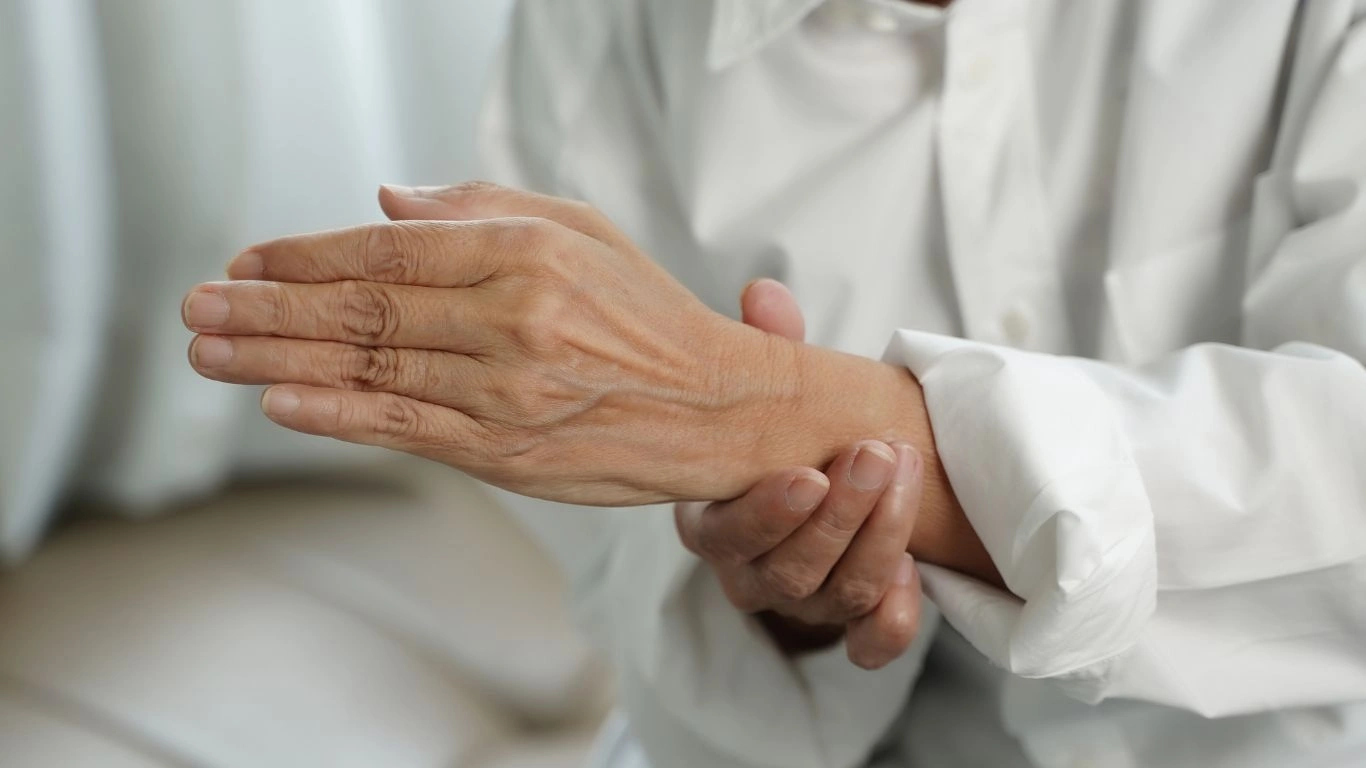
I get this question all the time. “Do I need a brace now, or should I wait until things get worse?” Honestly, if your knee pain is starting to interfere with your daily activities—even mildly—it’s worth considering one. You don’t need to wait until you’re limping across your living room.
Here’s when I usually suggest my patients consider a brace:
- You’re feeling wobbly or unstable on your feet.
- There’s noticeable swelling in your knee joint, especially after activity.
- You’re compensating with other joints (like shifting weight to your other leg).
- You’re trying to be more active but your knees just won’t cooperate.
Also, if you’re in a flare—especially one that’s lasted longer than usual—a brace can give you a little relief while your meds catch up. I had one patient who wore hers religiously during morning walks, and she swore it helped her stick to her routine without needing extra meds. That’s a win in my book.
How to Choose the Best Knee Brace for Rheumatoid Arthritis
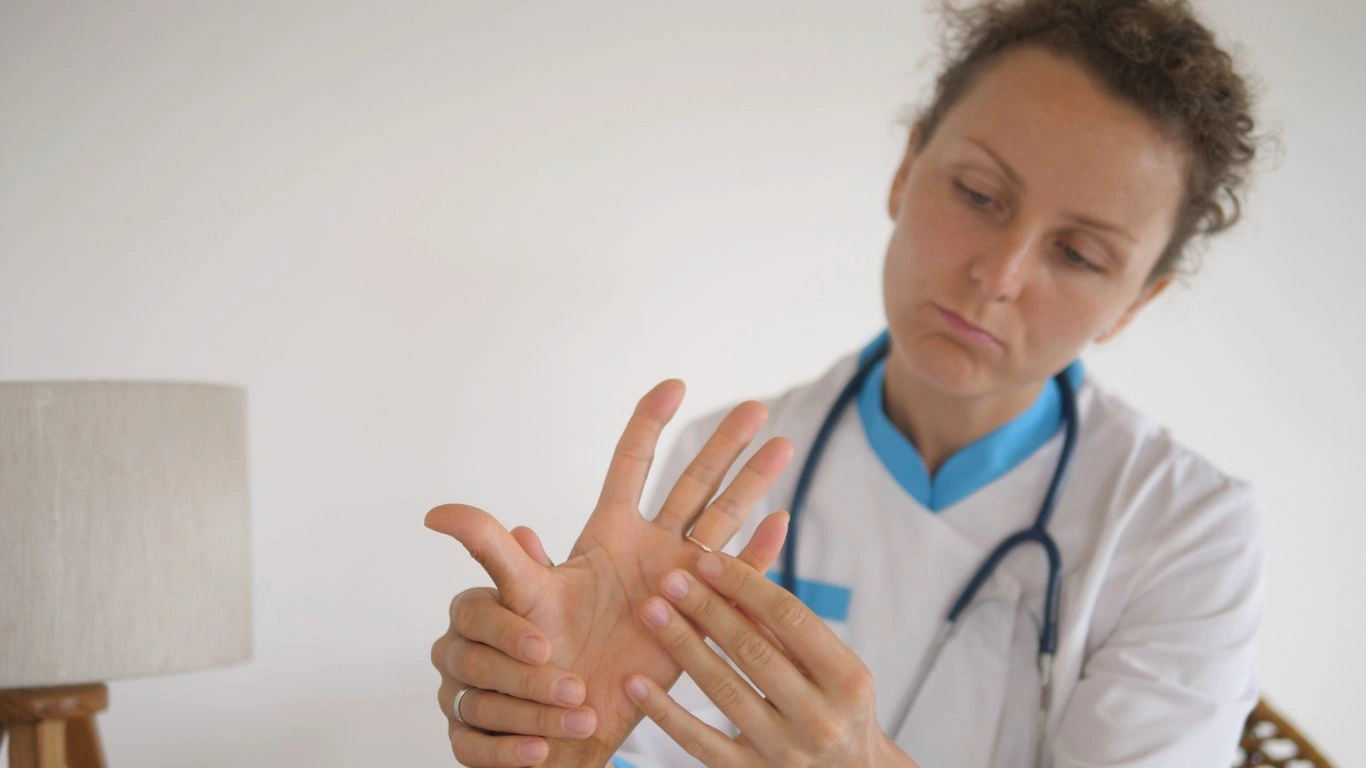
Okay, so you’re convinced a brace might help. But how do you even pick the right one without getting overwhelmed by all the options out there? I’ve had patients walk into the clinic with a bag of Amazon returns because they tried five different ones and none of them felt right. Sound familiar? Let’s make that a thing of the past.
When shopping for rheumatoid arthritis and the best knee support braces, here are the things I always recommend you look out for:
- Fit: This is number one, hands down. If it’s too tight, you’ll cut off circulation. Too loose? It won’t do much of anything. Look for braces with adjustable straps if your swelling tends to fluctuate.
- Material: Some people are super sensitive to certain fabrics—especially if you’re already dealing with skin irritation from RA meds. Go for breathable, hypoallergenic materials when possible.
- Flexibility vs. Support: If you need something to wear during movement-heavy tasks (like walking or light workouts), you’ll want a balance between flexibility and support. For resting or flare days, something more rigid may feel better.
- Ease of use: I can’t stress this enough. If it takes you 15 minutes and two curse words to get it on, you’re not going to wear it. I like recommending wraparound styles for that reason—they’re simple and quick.
I had one patient who found a neoprene sleeve that fit just right—light compression, easy to wash, and easy to slide on before her morning yoga. She kept a spare one in her car for long drives. That’s the kind of real-life functionality I’m talking about.
When to Wear Your Knee Brace (And When to Give It a Break)
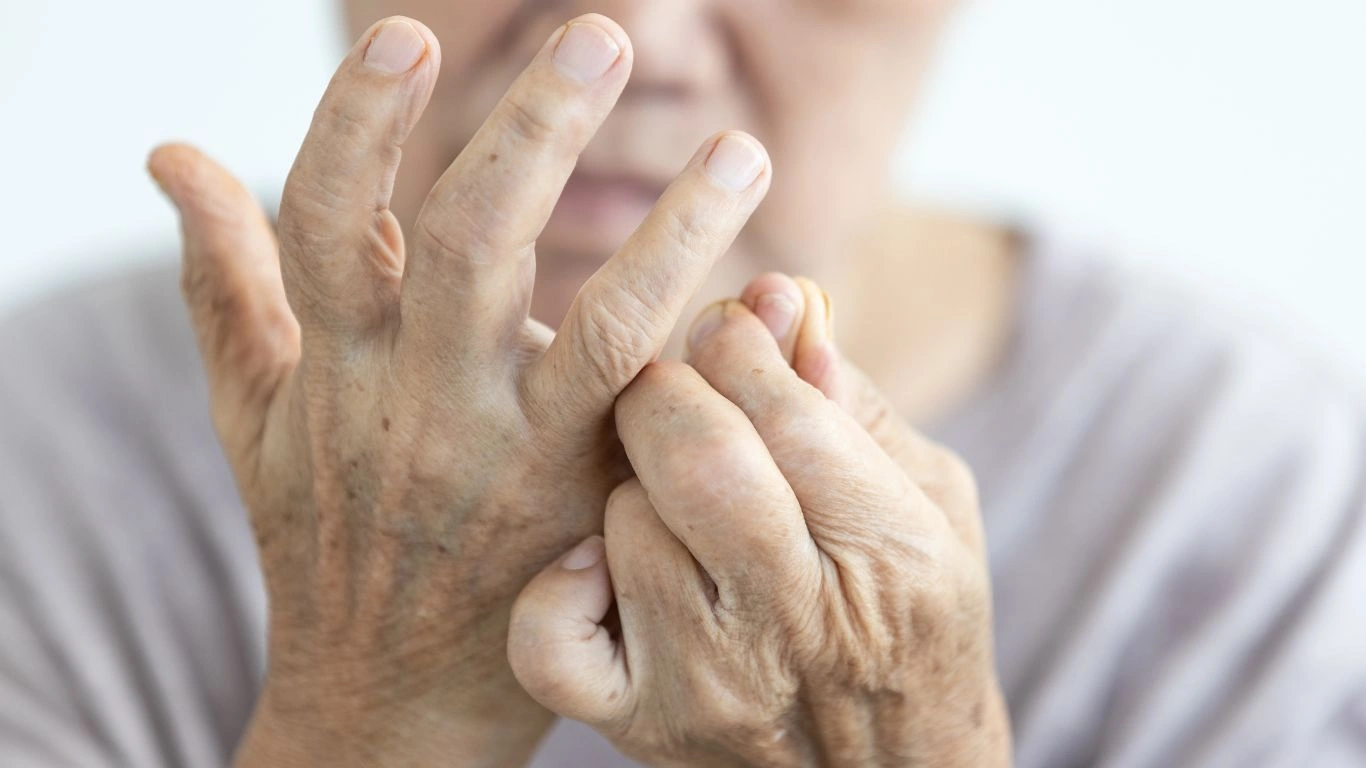
This is another common question I get in clinic—“Should I wear it all day or just during activities?” The answer isn’t one-size-fits-all (RA rarely is), but here’s a general guide I give based on different needs:
Wear it:
- During physical activity, especially walking or going up/down stairs
- On days when your knees feel unstable or extra inflamed
- When doing household chores, running errands, or traveling
- If your doctor recommends joint protection during flare-ups
Give it a break:
- When you’re resting, lounging, or doing low-impact activities like reading
- If it causes redness, irritation, or pressure sores (yes, it happens!)
- At night while sleeping—unless your provider says otherwise
Just like with any support device, the goal is to enhance your movement—not to become dependent on it. Think of it like training wheels. Use it when you need it, but keep working on strengthening those muscles and supporting tissues too. I usually partner with physical therapists to make sure patients get a good mix of support and mobility training.
Top Recommended Knee Braces for RA (Tried and Tested)

Alright, let’s get into the nitty-gritty. Based on my experience and what I’ve seen help real patients, here are some top picks when it comes to rheumatoid arthritis and the best knee support braces. No paid promotions here—just honest feedback from clinic and community experience.
- DonJoy Reaction Web Knee Brace – This one’s a favorite for people with moderate instability. The web design helps disperse pain and offloads pressure around the kneecap. Plus, it looks kind of cool (which doesn’t hurt).
- Mueller Adjustable Hinged Brace – Great for a snug but not bulky feel. Offers side-to-side stability with dual hinges but remains comfortable enough for daily wear. A solid budget option.
- Bauerfeind GenuTrain – A bit pricier, but the comfort level is unmatched. It combines compression and a flexible knit material that adapts to movement. I’ve had long-time RA patients swear by this one for pain relief and all-day wear.
- Neo G Knee Support with Heat Therapy – For those cold, achy days, this one adds a little warmth to the joint. It’s not rigid, so it’s better for milder support, but some love the thermal boost it gives during flares.
- Custom Orthopedic Braces (Via Referral) – If your joint is severely damaged or you’ve tried the OTC route with no luck, your rheumatologist or orthopedic specialist can help get you fitted for something built just for you. They’re often covered by insurance if deemed medically necessary.
Don’t be afraid to try a couple different styles before landing on the one that feels best. And please—don’t suffer in silence. Ask your provider (or heck, even someone like me) for recommendations. I’ve even had patients bring their Amazon cart to their appointment for advice—no shame in that game!
Other Tips for Knee Care Alongside Your Brace
While a good brace is a powerful ally, it’s not the only trick up our sleeve. For a holistic approach, I always remind my RA warriors to combine support with good self-care habits. Here are a few things that can make a big difference:
- Stay active—but smartly. Low-impact activities like swimming, walking, and yoga keep the joint moving without overloading it.
- Use cold packs after activity. They help reduce swelling and calm down inflammation.
- Maintain a healthy weight. Less pressure on your knees = less pain. I know it’s easier said than done, especially with fatigue and meds that mess with your appetite—but even a small change can make a difference.
- Don’t skip your meds. Braces help with symptoms, but your DMARDs and biologics target the root cause.
- Stretch it out. A few gentle knee stretches or quad exercises can help reduce stiffness, especially in the morning.
One of my patients started doing chair yoga videos on YouTube every morning while her coffee brewed. She said it made her knees feel 10 years younger. Simple, effective, and doesn’t require a gym membership.
What Else Can You Do to Manage Rheumatoid Arthritis Knee Pain?
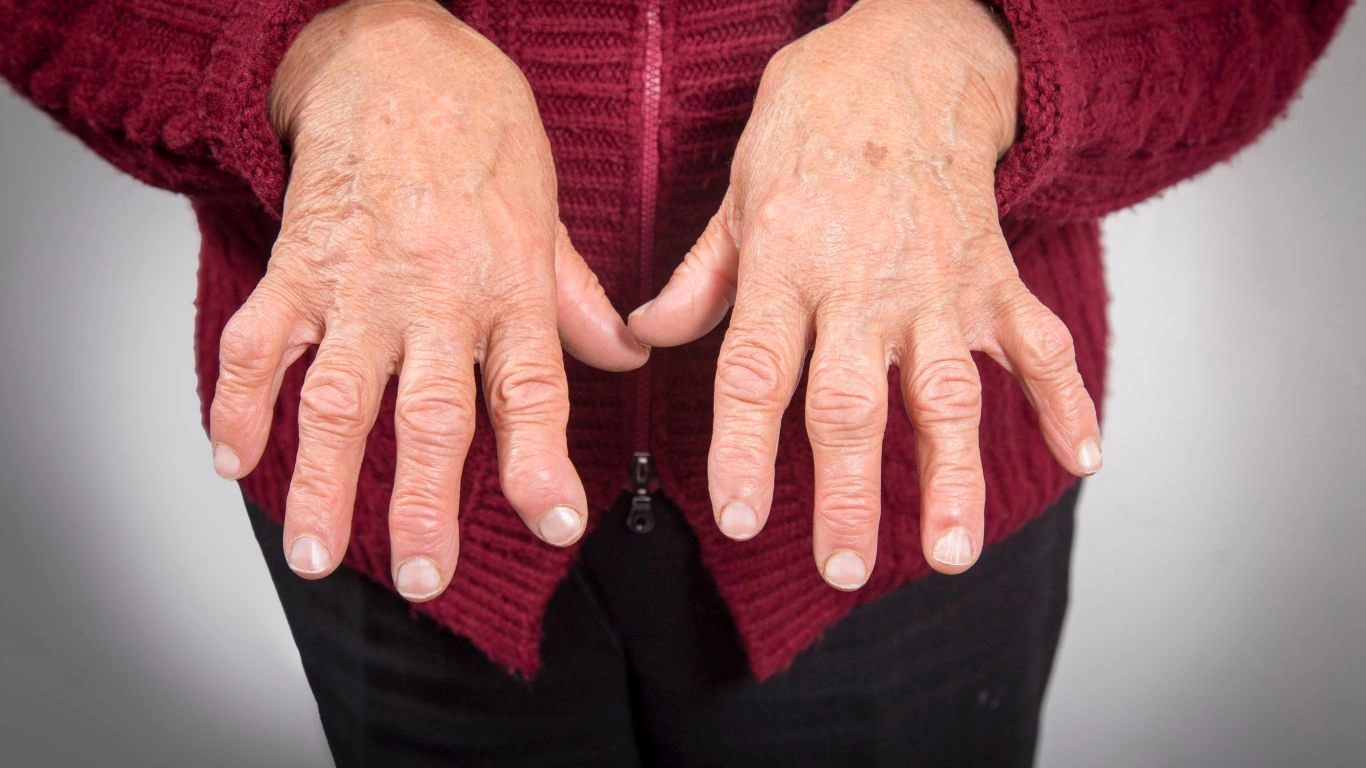
Alright, you’ve got your knee brace, and you’re ready to take on the world (or at least, your grocery list). But let’s face it—RA doesn’t just go away because you’re wearing a brace. If only! In my experience, the most effective RA management involves a multi-faceted approach. A knee brace is part of the solution, but you need a combo of treatment options and lifestyle changes to really make a difference in your quality of life.
So, what else can you do to manage rheumatoid arthritis knee pain? Well, here’s where things get interesting. As a Rheumatology Nurse Practitioner, I’ve worked with many patients who find relief through lifestyle shifts, alternative therapies, and a deeper understanding of what RA actually is. Ready? Let’s dive in:
1. Medication is Still the First Line of Defense
It might sound like a no-brainer, but it’s easy to forget just how important your RA meds are in this equation. Medications like Disease-Modifying Anti-Rheumatic Drugs (DMARDs) and biologics can slow down the progression of rheumatoid arthritis. And when the disease activity is under control, your knees won’t be as vulnerable to the kinds of flare-ups that make it feel like you’re walking on marbles.
Personally, I’ve seen patients who didn’t realize the profound impact that biologics could have on their joint pain. When their disease activity was reduced, suddenly that sharp pain in their knees wasn’t constant. With medications doing their job, they found the brace became a useful extra tool rather than the main event.
If you’re not already on a disease-modifying drug or biologic, talk to your rheumatologist about your options. It’s an essential part of your journey with RA, and your knees (and the rest of your joints) will thank you for it.
2. Physical Therapy for Strength and Flexibility
Physical therapy (PT) can sound like a big commitment, but hear me out—it’s one of the most powerful tools for managing RA knee pain. Strengthening the muscles around your knee joint can offer tremendous support, reduce pain, and increase stability. The stronger your quadriceps and hamstrings, the less stress is placed directly on your knee joint.
And flexibility? That’s key, too. Stiffness is a hallmark of RA, and a PT can show you how to incorporate stretching into your routine that doesn’t overdo it. If you’ve never seen a PT about your RA, I highly recommend it. They know how to tailor exercises specifically for your needs, and it’s amazing how it can shift your mobility.
I’ve had patients who found so much relief in their knees from PT that they eventually “graduated” from braces and relied on their strengthened muscles for stability instead. It’s a slow burn, but the long-term payoff is worth it.
3. Weight Management: Less Stress on Your Knees
Extra weight is like extra pressure on your knees. And if you have rheumatoid arthritis, that pressure can exacerbate the pain and discomfort that already comes with the disease. I know weight management is a sensitive topic, and I’d never encourage drastic diets or unrealistic goals. But if you’re carrying a little extra weight, even a small amount of weight loss can make a noticeable difference in knee pain.
Think of it this way: every extra pound is like adding a few pounds of pressure to your joints with every step. Losing just 5-10% of your body weight can reduce the load on your knees, which in turn reduces the strain on those RA-affected joints. It’s not just about looking good—it’s about feeling better.
If you’re unsure where to start, talk to your doctor or a nutritionist who specializes in RA. They can help you find a sustainable and realistic plan to manage your weight without overburdening your body.
Alternative Therapies That Can Help With Knee Pain
Now, I know what you might be thinking—“Isn’t RA all about the meds and the brace? Why bother with other treatments?” Well, let me tell you, adding a few alternative therapies to the mix can really round out your treatment plan. While they aren’t magic fixes, many patients find them incredibly helpful in managing pain, stiffness, and inflammation.
1. Acupuncture: A Traditional Approach
Acupuncture isn’t just about needles; it’s about stimulating specific points on the body to help relieve pain and inflammation. And while more research is needed, I’ve seen some RA patients experience a noticeable decrease in knee pain after a few acupuncture sessions. It’s a natural, holistic way to complement your medication and knee brace.
If you’re curious about acupuncture, make sure to see a licensed acupuncturist with experience in treating RA. They can target the right points to address your specific symptoms.
2. Hot and Cold Therapy
It sounds simple, but it works. When your knee is inflamed and painful, applying a cold compress can help reduce swelling. Cold therapy can be especially helpful after activity, or if you’re feeling the effects of a flare-up. On the flip side, heat therapy—whether it’s a warm bath, heating pad, or warm compress—can help loosen up those stiff joints and relieve pain.
Personally, I’ve had patients tell me that alternating between heat and cold has been one of the most effective ways they manage flare-ups. It’s easy, inexpensive, and can make a world of difference when you’re trying to power through the day.
Additional Resources and References
Want to learn more about RA and how to manage knee pain effectively? There are several excellent resources available to support your journey. Here are a few trusted sources:
- Health.com – Offers up-to-date, expert advice on managing rheumatoid arthritis.
- National Institutes of Health (NIH) – Provides in-depth information on rheumatoid arthritis treatments and research.
- American College of Rheumatology – A great resource for understanding RA and finding support networks.
Disclaimer
While I’ve tried to provide helpful, accurate, and evidence-based advice in this article, it’s important to remember that everyone’s experience with rheumatoid arthritis is different. What works for one person may not work for another. Always consult with your doctor or rheumatologist before making changes to your treatment plan or trying new therapies. This article is intended to provide general information, not medical advice tailored to your specific condition.

Tarra Nugroho is a dedicated Nurse Practitioner with a strong foundation in family and preventive care. She brings both compassion and clinical expertise to her practice, focusing on patient-centered care and health education. As a contributor to Healthusias.com, Tarra translates medical knowledge into clear, empowering articles on topics like women’s health, chronic disease management, and lifestyle medicine. Her mission is simple: help people feel seen, heard, and informed—both in the clinic and through the content she creates. When she’s not caring for patients, Tarra enjoys weekend hikes, plant-based cooking, and curling up with a good health podcast.
